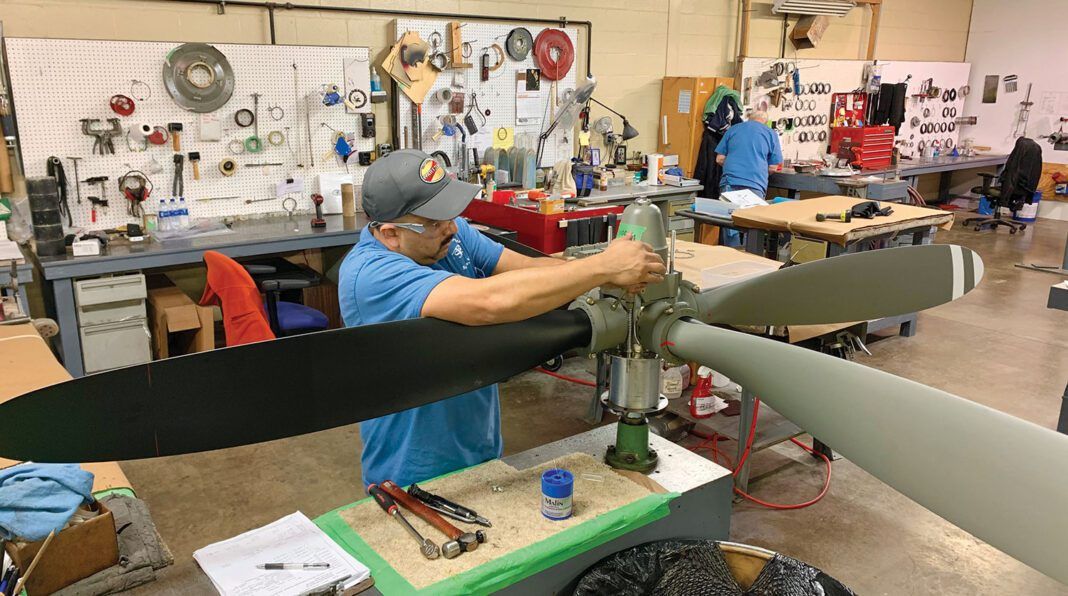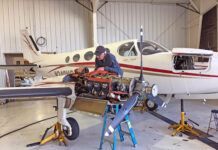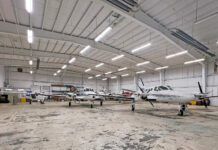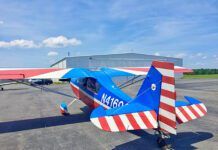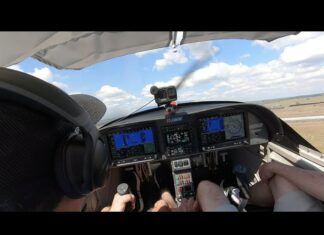No matter where you look in the general and business aviation markets you’ll find price increases—eye-widening ones—and I think it’s hindering safe aircraft ownership like nobody’s business. For the typical small airplane owner struggling to feed the machine, the cost of engines, propellers, avionics, consumables, shop labor and insurance is enough to hang the for-sale sign on the windscreen or keep the airplane sitting in the growing weeds. We find others in the NTSB wreck reports who hang on by deferring critical maintenance and component replacement, with shops reporting that budget-stressed customers are deferring too many items found during inspections. The other problem with that is some shops have stopped working on smaller airplanes because as one shop owner told me, “They don’t want to deal with a bottom-feeding clientele,” and it’s hurting those who are able and willing to spend real money on real maintenance.
At press time in early February, the big news in the propeller market is that Hartzell’s new owner, Arcline Investment Management (a Nashville, Tennessee-based private equity firm), has increased (doubled in some instances) prices across the board on its line of products, including props and components in the Sky-Tec starter line. One model that previously sold for just under $500 without a core is now almost $1300 and requires a core exchange. Some propeller blades were hit with 40 percent price hikes. This has some fearing that competitors (McCauley and MT, to name two) will also raise prices of their props. But that domino reaction could spread to other parts of the industry—and quickly trickle down to shop-level invoices—because Hartzell Aviation also umbrellas Hartzell Aerospace Welding and Hartzell Engine Tech, building engine-related assemblies. This includes Kelley Aero, a source of magnetos and ignition components.
Even over in the experimental kit-built aircraft world—which has been known for at least somewhat lower component prices—builders are feeling the squeeze of price increases. By now you heard the shocking news out of Van’s Aircraft, a respected company that’s currently smack in the middle of Chapter 11 reorganization (with major price increases for its kits and parts). Part of the company’s troubles is the result of selling kits too cheaply for too long, as company founder Richard VanGrunsven commendably tried to do the right thing by making these airplanes affordable to more people. Damned if you do.
In times like these, sometimes a healthy dose of reality is in order. A friend who is facing the account-draining re-engine project of his big twin Cessna after finding big chunks of metal in the oil speaks the truth that should be spoken more often and to more aspiring aircraft owners.
“A long time ago, early on my aircraft ownership, a wise person told me that if I couldn’t write a check for unexpected engine replacement I probably can’t afford the airplane,” he says while staring down a $200,000 project when factoring the labor, freight and replacement of two turbocharged boutique RAM-provided Continentals. The surprise comes on the heels of a $100,000 avionics project and a bunch of good maintenance done recently. Sobering numbers and part of which has to do with the rising cost of engines—near 40 percent increases in some cases—and long lead times to get them on the airplane. Pay a big deposit while the airplane sits engineless for maybe six months or more.
But look at the bright side. Hopefully when it’s done and flying it will confidently sit at the very top of the used market, and if the budget is too tapped for you to keep flying it, someone will pay you top dollar for their own turnkey shot at the budget-busting world of aircraft upkeep.

